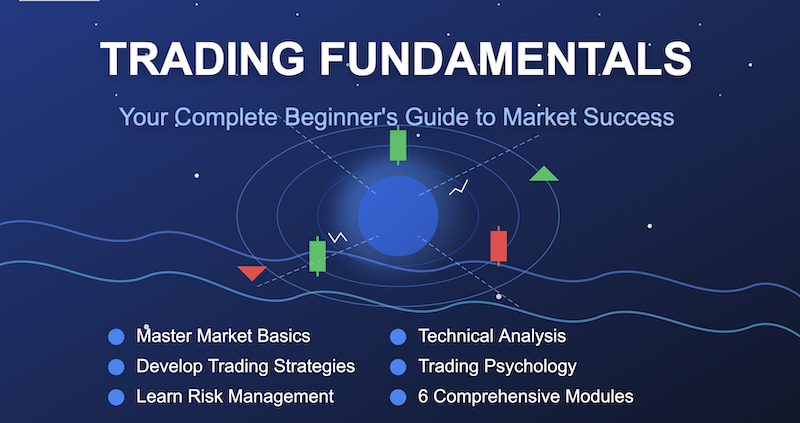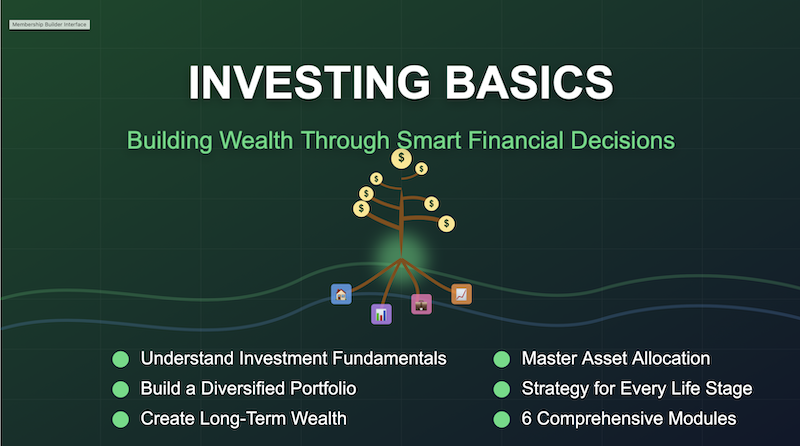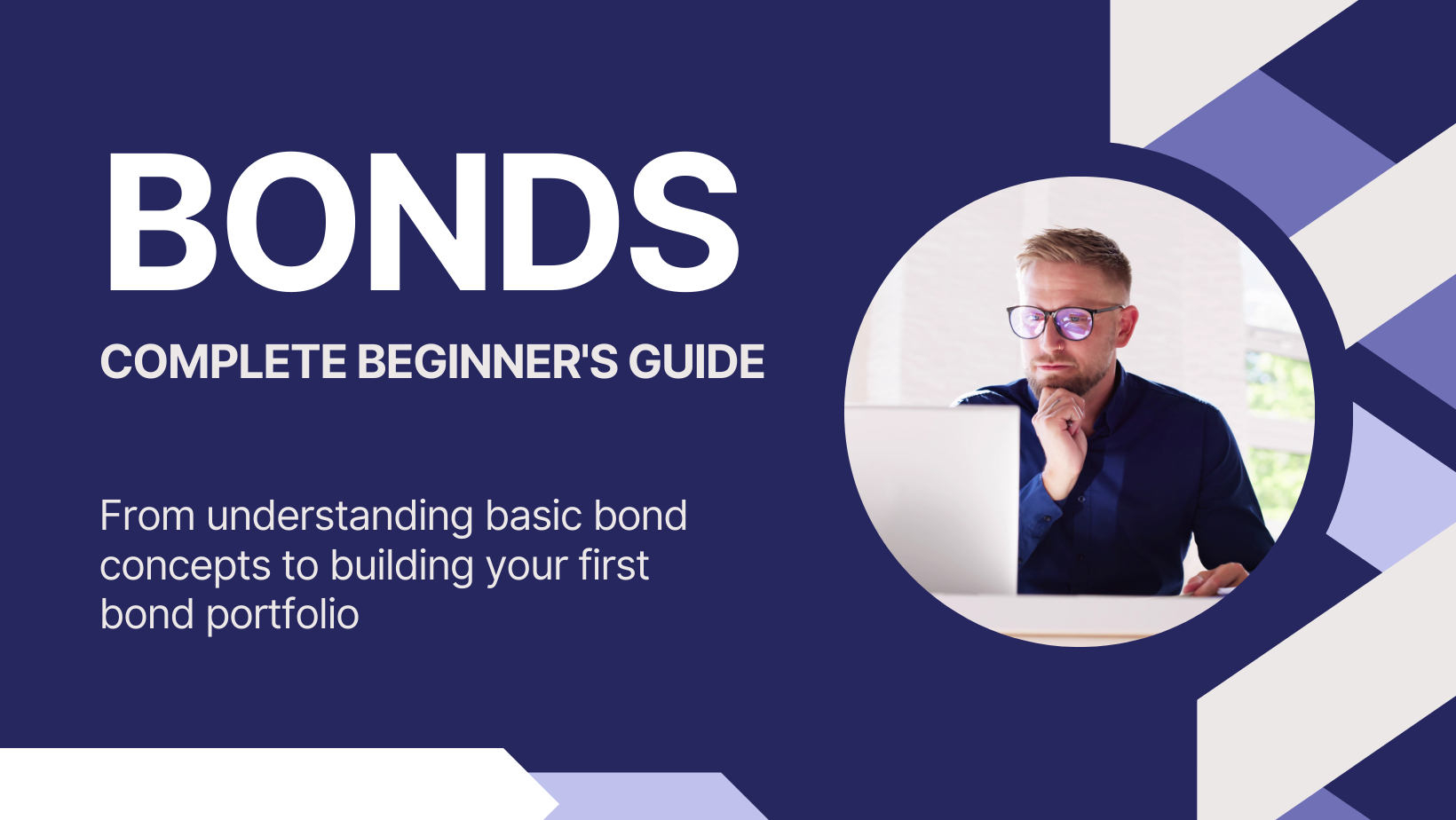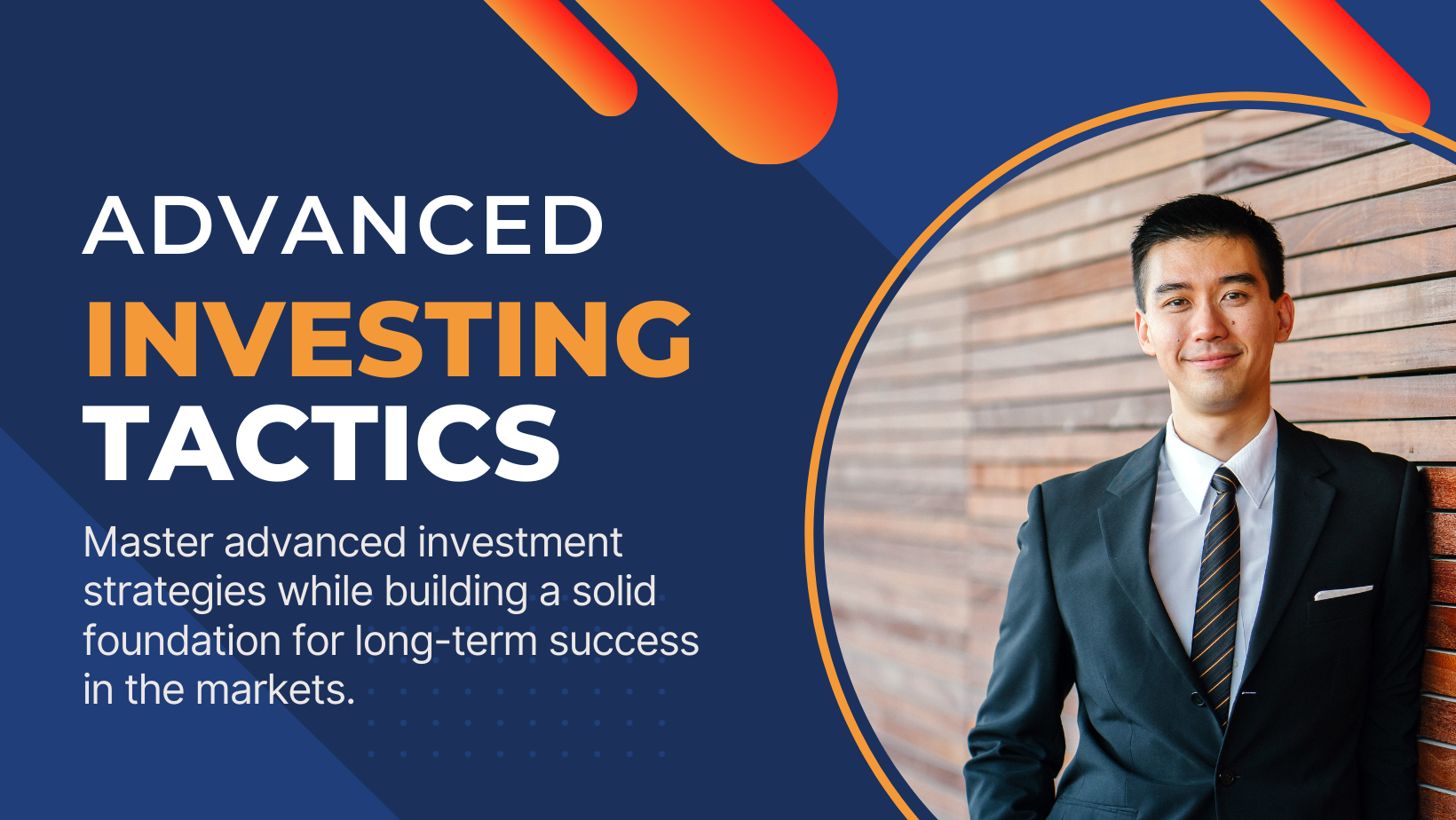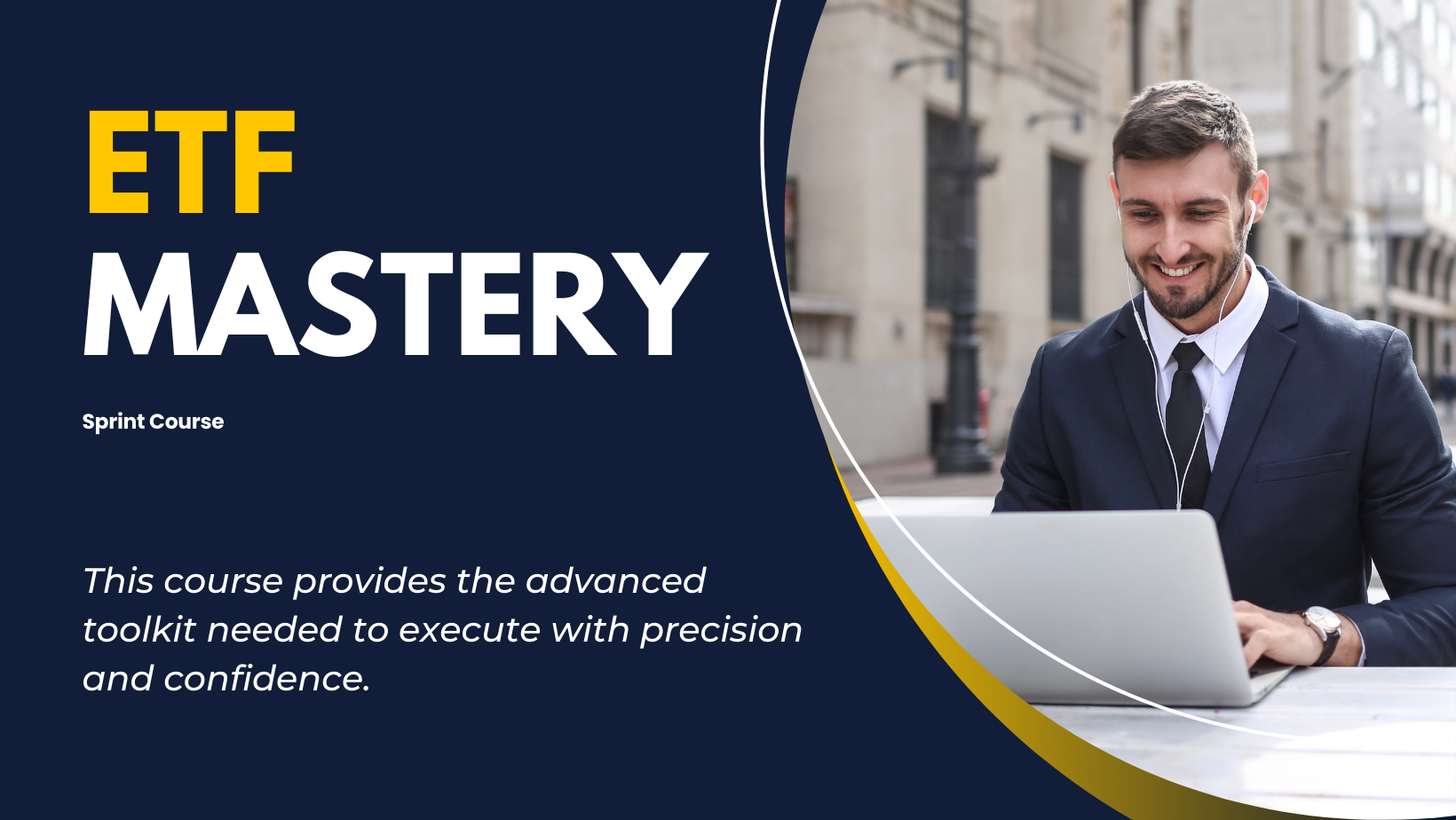The 2% Rule - Why Small Bets Win Big Game
Key Points
⚡Professional traders never risk more than 1-2% per trade
⚡Position sizing matters more than picking winners
⚡The Kelly Formula shows why math beats gut feelings
⚡Compound growth comes from avoiding big losses, not chasing big wins
Your neighbor just told you about a "sure thing" stock. His eyes light up as he explains how he's putting half his savings into it.
He's about to learn an expensive lesson that professional traders figured out decades ago.
The Poker Player's Secret
A professional poker player sits down with $10,000. She never bets more than $200 on any single hand. Her amateur opponent arrives with the same bankroll but goes all-in on his first "great" hand.
Guess who's still playing at midnight?
Wall Street works the same way. The professionals you hear about – the ones who compound wealth year after year – they're not the ones making huge bets. They're the ones making small, calculated bets over and over again.
The Math That Changed Everything
In 1956, a mathematician named John Kelly created a formula that revolutionized risk management. The Kelly Criterion shows you exactly how much to bet based on your odds of winning.
But here's what's fascinating: even when the math says you can bet 10%, most professionals only bet 2-5%. They know something the formula doesn't account for – being wrong about being right.
You might think you have a 70% chance of success. Reality might give you 50%. That gap between confidence and truth has bankrupted more investors than market crashes.
The Compounding Trick
Here's a story that illustrates why position sizing matters more than stock picking:
Two investors start with $100,000. Both pick the same stocks with the same returns.
Investor A risks 10% per trade. Over 20 trades, she has some big wins and some big losses. Her final balance: $89,000.
Investor B risks 2% per trade. Same stocks, same sequence. His final balance: $134,000.
The difference? When you lose 50% on a position, you need a 100% gain just to break even. Small losses are easy to recover from. Big losses are mathematical quicksand.
The Discipline of Boring
Professional traders have a boring secret: they make money by being consistently average, not occasionally brilliant.
Think of it like basketball free throws. The player who makes 90% of their free throws isn't the one who occasionally makes spectacular shots. They're the one who practices the same simple motion thousands of times.
Your portfolio works the same way. The 2% rule isn't glamorous. It won't give you cocktail party stories. But it will give you something better – it will still be there in ten years.
What This Means for You
Start small. If you have $50,000 to invest, never put more than $1,000 into any single position. If that feels too conservative, you're thinking like my neighbor, not like a professional.
The goal isn't to avoid all risk. It's to survive all risks.
Because in investing, like in poker, you only need to be right slightly more than half the time. But you need to be around long enough for the odds to work in your favor.
The professionals know something that amateurs don't: the secret to getting rich slowly is making sure you never get poor quickly.



